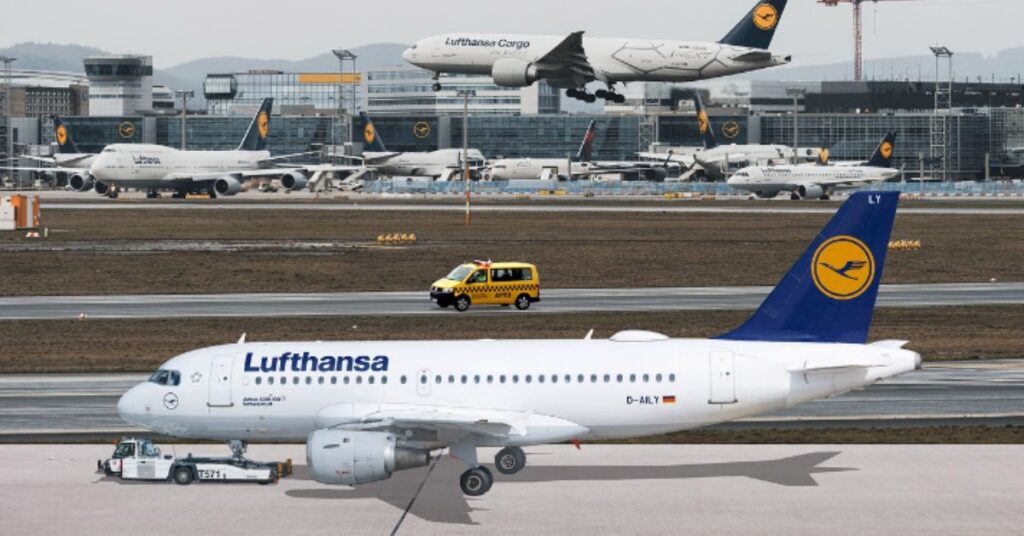General Overview
With 2022 in the rearview mirror, the air travel market still faces great challenges and opportunities simultaneously. The demand for air travel continued to rise that year, growing by a massive leap of 51% over 2021 figures related to the number of passengers flying. Industry watchdogs believe that this demand will only increase more as 2023 rolls along. What does this mean? Given the challenges of aircraft delivery, increased flight ticket costs, the resurgence of business travel, sustainable fuel commitments, and a host of other issues facing the community, taking advantage of the swelling demand may be difficult for many organizations.
Business and air travel have traditionally been welded together, co-existing and rarely mutually exclusive when corporate planning and engagement are concerned. Business travel is returning, albeit slowly. Growth in this sector has been curtailed by the increasing amount of remote and hybrid office and home roles.By the end to 2023, it is estimated that remote and hybrid workers will comprise over 71% of the workforce. This could be a boon to the aviation market presently, as a full return to pre – pandemic numbers, or possibly even greater, may cause many companies to become overextended in efforts to fill the gap that would ensue. As it stands, passengers are experiencing increases in cancellations, late arrivals, and mishandled baggage, translating to a corresponding increase in customer complaints. In reality, it is the hospitality market that has become far more reactionary to this new trend, shifting offers to tailored business oriented home rentals, and ensuring web connectivity is always at an optimized level.
The raw cost of air travel increased dramatically between 2021 and 2022. At the top end, it rose approximately 42%, a whopping increase that was mostly attributed to the aviation market mad dash to accommodate skyrocketing demand. Higher fuel costs and general inflation also played a role in these dramatic hikes. It seems counterintuitive to speculate about any aversion to these increases, as the demand denotes that people wish to travel again, literally , at all costs.
One thing is clearly outlined to aviation stakeholders in relation to the rising costs in air travel. Fuel, or rather, the aviation market preoccupation with sustainability and sustainable fuels, will see further increases bearing down on us. Over 90% of clients note sustainable policies as a major choice for who they will spend with. With the industry wide commitment to achieving zero emissions by 2050, the aviation community has doggedly pursued this goal, as we see with Skyteam’s Sustainable Flight Challenge, occurring in May. The participation rate has already increased from 16 airlines rating 22 flights , to 22 airlines rating 72 flights, a notable increase.
Sustainability’s value to both clients and fleets is undeniable. Air Canada recently partnered with CHOOSE,a platform which estimates greenhouse gas emissions for their journey, and allows them to select carbon offsets, receiving a a coupon which they can apply as points to their Aeropolan accounts. It is expected that this trend will only grow as demand does, possibly becoming a required offer to retain market share and hence profits.
At the head of the line, aircraft deliveries have ramped up despite the current struggle with supply chain issues. Airbus and Boeing, two major producers of aircrafts,saw orders grow by 53% in 20202, and deliveries by 20%. Boeing has been able to tap into their large stock of grounded planes to boost their output, while Airbus, devoid of this advantage, has struggled with supply issues to maintain their footing, as their backlog rivals almost any competitor. 2023 numbers remain somewhat elusive, as both organizations have released data citing supply chain woes still persist.
There is no doubt that air travel continues to return with a vengeance, and from a passenger perspective, the willingness to absorb higher costs and retain the choice of sustainable options will be elements to watch as we head into 2024. 2022 saw airports begin to look at significant changes for the air travel experience, such as virtual queuing. The aviation market is upgrading their clients’ experience at airports, allowing passengers to book a slot, instead of waiting in a physical line up, catering to social distancing preferences shown by many flyers. Autonomous vehicles, envoys for the food and retail amenities at these locations, are also starting to be seen. 2023 is show yet more innovations for passenger experience, such as the Mobile Passport Control app (MCP) , allowing passengers flying between the USA and Canada to avoid the customs queue as well.
Air travel, for many, was and will again be a part of everyday life. The aviation market has new reasons to garner their clients favor, and find ways to increase the fleet size required to satisfy their growing desire to take to the skies once more. As we close in on 2024, from what we can see so far, the sky’s the limit.
